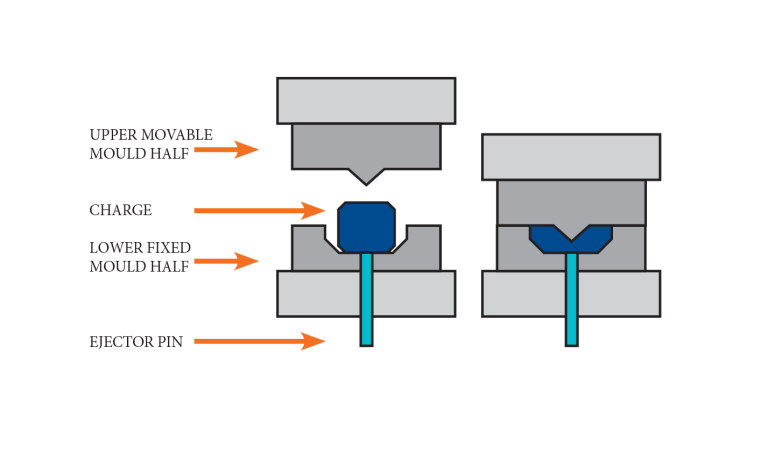How Hotel Layouts Influence Guest Comfort and Employee Efficiency
In the hospitality industry, success is measured not only by the services offered but also by the experiences guests have while on the premises. While décor, amenities, and service quality are obvious contributors, the layout of a hotel plays an equally crucial role. A thoughtfully designed hotel layout can significantly impact guest comfort, streamline staff operations, and ultimately boost overall profitability. From intuitive room placement to strategic staff areas, every element of the hotel’s design affects both guest satisfaction and employee efficiency.
The Connection Between Hotel Layout and Guest Comfort
Guest comfort is at the heart of every successful hotel. When a hotel is easy to navigate, aesthetically pleasing, and thoughtfully organized, guests feel more relaxed and satisfied. A well-designed lobby sets the tone for the entire stay, offering a welcoming first impression. Spacious, well-lit common areas and clear signage guide guests seamlessly from check-in to rooms, dining areas, and amenities, reducing confusion and stress.
Privacy and convenience are also key. Placing guest rooms thoughtfully, away from noisy service corridors or busy areas, allows for a peaceful, restful environment. Accessibility is another essential consideration. Thoughtfully designed entrances, pathways, and communal areas ensure that all guests, including those with mobility challenges, can move comfortably and safely throughout the hotel.
The ambiance of a hotel also hinges on layout. Natural light, open spaces, and logical traffic flow create a sense of calm and order, while cluttered or confusing arrangements can lead to discomfort and frustration. When guests feel comfortable and cared for, their satisfaction increases, which translates into positive reviews, repeat visits, and strong word-of-mouth referrals.
How Layout Impacts Employee Efficiency
A hotel’s layout doesn’t just affect guests—it directly impacts staff productivity and morale. Strategic placement of service areas, storage rooms, and back-of-house operations can significantly reduce unnecessary movement, allowing employees to work efficiently. A well-planned layout minimizes the distance staff must travel to fulfill guest requests or restock supplies, saving time and reducing fatigue.
Collaboration and communication also benefit from thoughtful design. Common staff areas, clear sightlines, and easy access to key operational zones enable teams to coordinate quickly and respond promptly to guest needs. Safety is another important consideration: a layout that reduces congestion, clearly separates staff and guest zones, and provides easy access to emergency exits minimizes the risk of accidents, improving both staff confidence and operational safety.
Efficient layouts also improve employee morale. Staff who can move easily through the premises, locate supplies quickly, and complete tasks with minimal frustration are less likely to experience stress and burnout. When employees are comfortable and empowered to work efficiently, their productivity increases, which ultimately benefits the hotel’s bottom line.
Balancing Guest Experience and Operational Needs
One of the biggest challenges in hotel design is balancing the needs of guests with the operational requirements of staff. Successful hotels find ways to optimize both without compromising either. Smart placement of amenities like dining areas, lounges, and gyms not only enhances guest convenience but also ensures staff can maintain these areas with ease. For example, positioning storage rooms and service corridors strategically keeps supplies close at hand, reducing time spent on restocking while keeping guests’ experiences uninterrupted.
Technology integration can further support this balance. Keyless entry systems, digital service requests, and automated inventory management streamline operations and minimize staff workload, freeing them to focus on providing exceptional guest experiences. Flexible spaces and multipurpose areas allow hotels to adapt to changing demands, whether hosting conferences, accommodating larger groups, or responding to seasonal occupancy fluctuations.
Even the smallest design elements matter. Attention to detail, such as efficient bathroom layouts inspired by hotel bathroom design trends, can enhance guest convenience and comfort. These features, while subtle, contribute to a sense of care and professionalism that elevates the overall guest experience.
Real-World Examples of Effective Hotel Layouts
Consider a boutique hotel that reorganized its lobby and service areas to improve flow. Guests reported feeling more welcomed, and staff were able to handle check-ins and service requests more efficiently. Another example is a large resort that redesigned hallways and room placement to reduce congestion and noise near guest rooms, which enhanced privacy and allowed housekeeping teams to work more efficiently. In both cases, thoughtful layouts improved satisfaction for guests while boosting operational efficiency for staff—a combination that directly impacts profitability.
Conversely, poorly designed layouts can have the opposite effect. Hotels with cramped lobbies, poorly marked pathways, or inconvenient service corridors risk frustrating guests and overworking staff. Such inefficiencies lead to longer service times, stressed employees, and decreased guest satisfaction—ultimately hurting the hotel’s reputation and revenue.
Conclusion
Hotel layouts play a critical role in shaping both guest comfort and employee efficiency. Thoughtfully designed spaces improve navigation, privacy, and ambiance for guests, while enabling staff to work more effectively and safely. Attention to small details contributes to a sense of professionalism and care that enhances overall satisfaction.
Investing in efficient hotel layouts is not merely an aesthetic choice—it’s a strategic decision that impacts profitability, loyalty, and employee retention. Hotels that prioritize intelligent design can create environments where guests feel welcomed and staff can perform at their best. The result is a seamless experience that drives repeat business, strengthens reputation, and maximizes long-term success.







